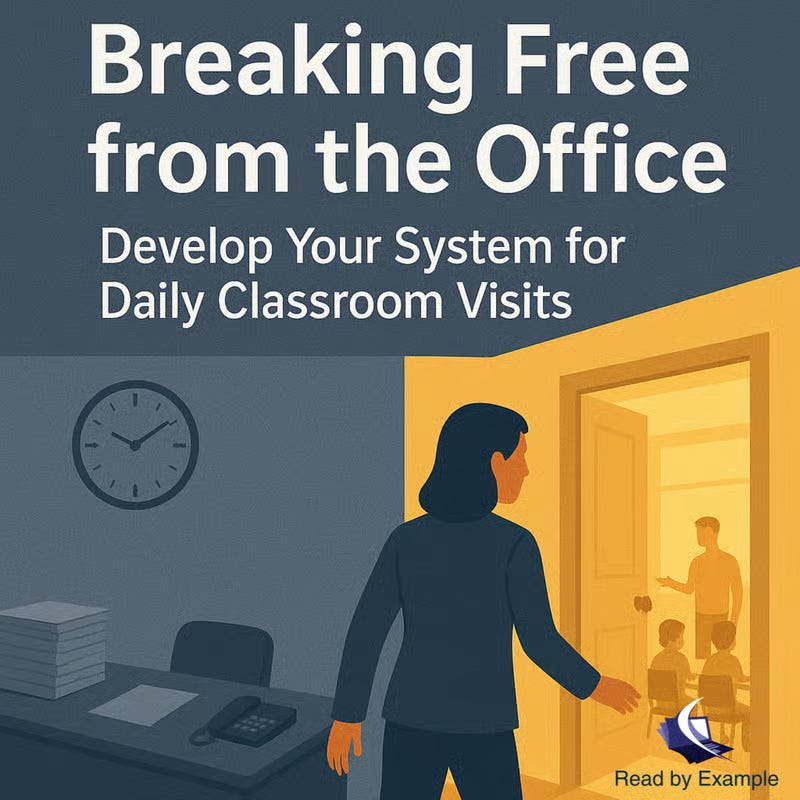What I Look For When I Visit Classrooms
On Develop a Rich, Nuanced Understanding of Instruction
During a recent visit to an elementary classroom, I couldn’t help but notice the interactive timeline. I know I wasn’t there for the curriculum - the teacher was interested in ideas for reducing disruptive behaviors. But my attention kept coming back to the events they categorized along an “Ancient Times --- Modern Times” timeline. Questions came up for me.
Did the students place the events as a shared activity?
How was this social studies activity connected to literacy?
Were students encouraged to share their questions, and not just answers?
How did the teacher manage the conversation?
These questions didn’t seem to have a lot to do with student behaviors. And yet the way these academic activities are facilitated could have a profound influence on behaviors.
This is the problem with a limited focus when addressing challenges in schools. We see the problem through the lens of the subject or program, and think the solution lies within that domain. We mentally silo academics and behavior, and miss an opportunity to connect these two primary areas in classrooms.
In my follow up to the teacher, I started by commending her teaching activities, especially the interactive timeline. Then I went into the behavior data. At the end, I offered to come back and help when they were ready to see the learning experience through a broader, holistic perspective. We wouldn’t be fixing kids or targeting an isolated behavior. Instead, we would explore questions together, such as “What might be some of the root causes that are influencing this student’s behaviors?” I would nudge the teacher to consider influences beyond the typical reasons (home life, ADHD, past experiences).
When we pay attention through the lens of our natural curiosity, we aren’t as constrained by our past beliefs and current assumptions.
To start leading through a lens of curiosity, here is what I look for:
The tasks students are actually doing (not just the curriculum being taught)
How different parts of the lesson connect to each other
When students show engagement, confusion, or shutdown
What types of questions the learning experience invites (from both students and teachers)
What kinds of conversations are occurring around the content
What you end up with is a rich, nuanced understanding of classroom instruction. When you share these observations with teachers, they begin to see their work as a connected whole rather than isolated test scores or behavior incidents.
What did you find affirming in this post? What questions come up for you? What is one takeaway?
Take care,
Matt
On Wednesday, December 4th from 4:15 - 6:00pm, I’m hosting a webinar: Breaking Free From the Office: Develop Your System for Daily Classroom Visits. I’ll share the same processes I used to help me build trust in others and engage in coaching conversations that shift practice. You’ll leave with a system you can use immediately. Register below.


I love your phrase and concept "leading through a lens of curiosity" and also your emphasis on conversations, to which I might add noticing whose voices are being encouraged and heard and which voices, even unintentionally, are being silenced or marginalized.
Leading with a curious mindset by asking questions about student behavior during instruction is an excellent way to understand how students learn.
Are you utilizing UDL Look Fors in your observations of teachers' instruction?
I discovered UDL in one of your posts, and I believe it aligns well with the concept of Student Ownership of Learning. UDL addresses the What, How, and Why of instruction while promoting equity. I am still exploring this framework and updating the content on my website.